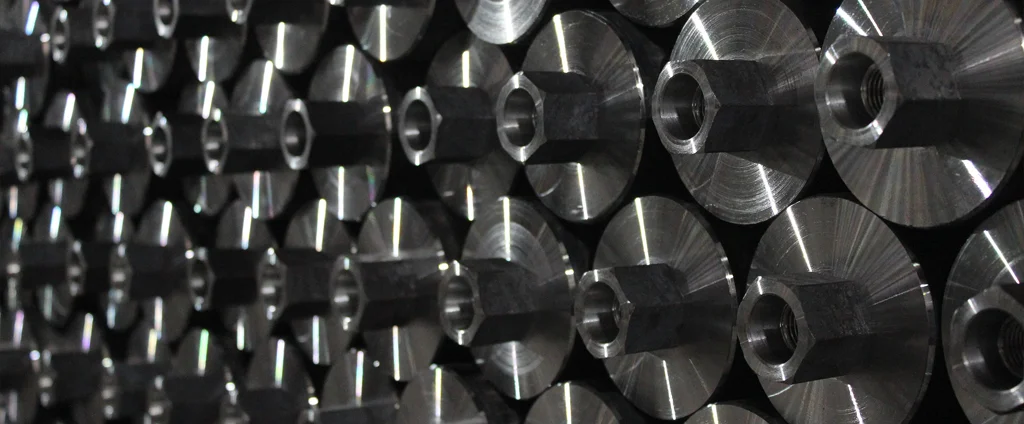SAE/AISI 1029 Carbon Steel (UNS G10290)

SAE/AISI 1029 carbon steel is a medium carbon alloy valued for its good machinability, weldability, and formability. It is commonly used in applications that do not demand high strength or hardness, making it suitable for general engineering, structural components, and automotive parts.
| Chemical Composition | ||
|---|---|---|
| Element | Min | Max |
| Iron | 98.70% | 99.15% |
| Carbon | 0.25% | 0.31% |
| Manganese | 0.60% | 0.90% |
| Phosphorous | —— | 0.04% |
| Sulfur | —— | 0.05% |
The following table provides a list of SAE/AISI 1029 properties in both SI and US customary/Imperial units.
Click on the button to switch between Metric and Imperial units.
| Physical Properties | Metric |
|---|---|
| Density | 7700 - 8030 kg/m3 |
| Mechanical Properties | Metric |
| Young’s Modulus (E) | 190 - 210 GPa |
| Poisson’s Ratio (ν) | 0.27 - 0.30 |
The values in this table are approximate and can vary depending on various factors such as the specific manufacturing process and heat treatment applied to the alloy.
Advantages & Disadvantages of 1029 Carbon Steel
| Advantages | Disadvantages |
|---|---|
| Good machinability | Limited strength |
| Good weldability | Limited wear resistance: |
| Good formability | Lower hardenability |
Applications of 1029 Carbon Steel
SAE/AISI 1029 is used in a range of industries due to its balanced mechanical properties and ease of processing, including:
- Machinery Components: Used in the manufacturing of gears, shafts, bolts, and studs, thanks to its good machinability and weldability.
- Structural Parts: Found in structural components of machinery, equipment, and vehicles that do not require high strength, such as brackets, frames, and supports.
- Fasteners: Utilized in screws, nuts, and washers due to moderate strength and good formability.
- Construction and Building: Suitable for structural components, beams, columns, and load-bearing elements where weldability and formability are key.
- Automotive Components: Used in non-critical parts like brackets, hinges, and interior components where high strength is not essential.
